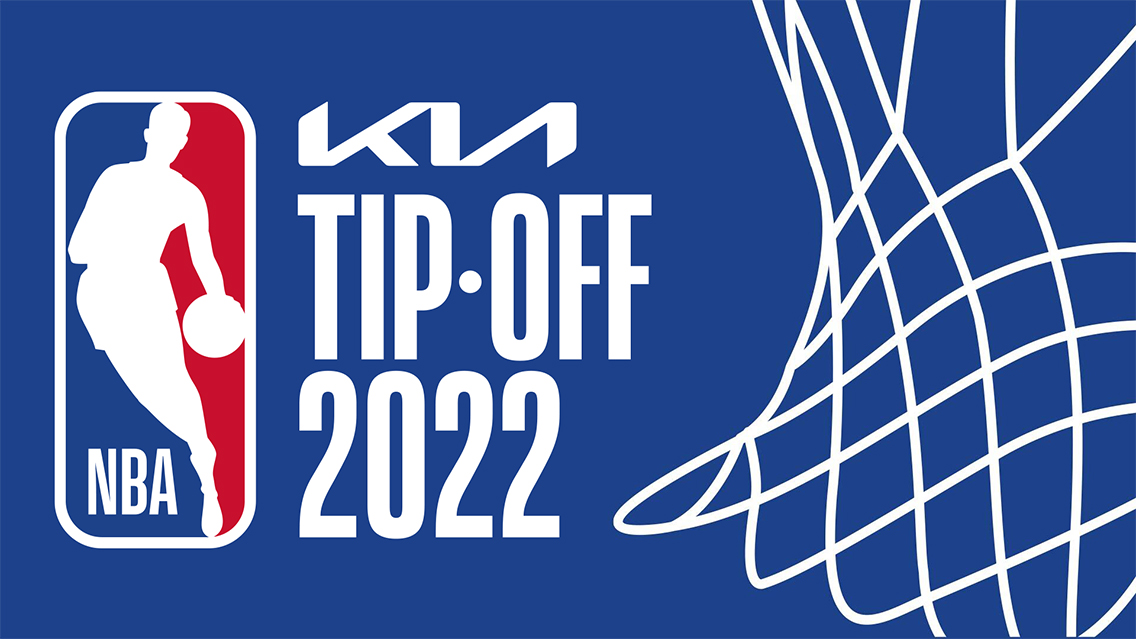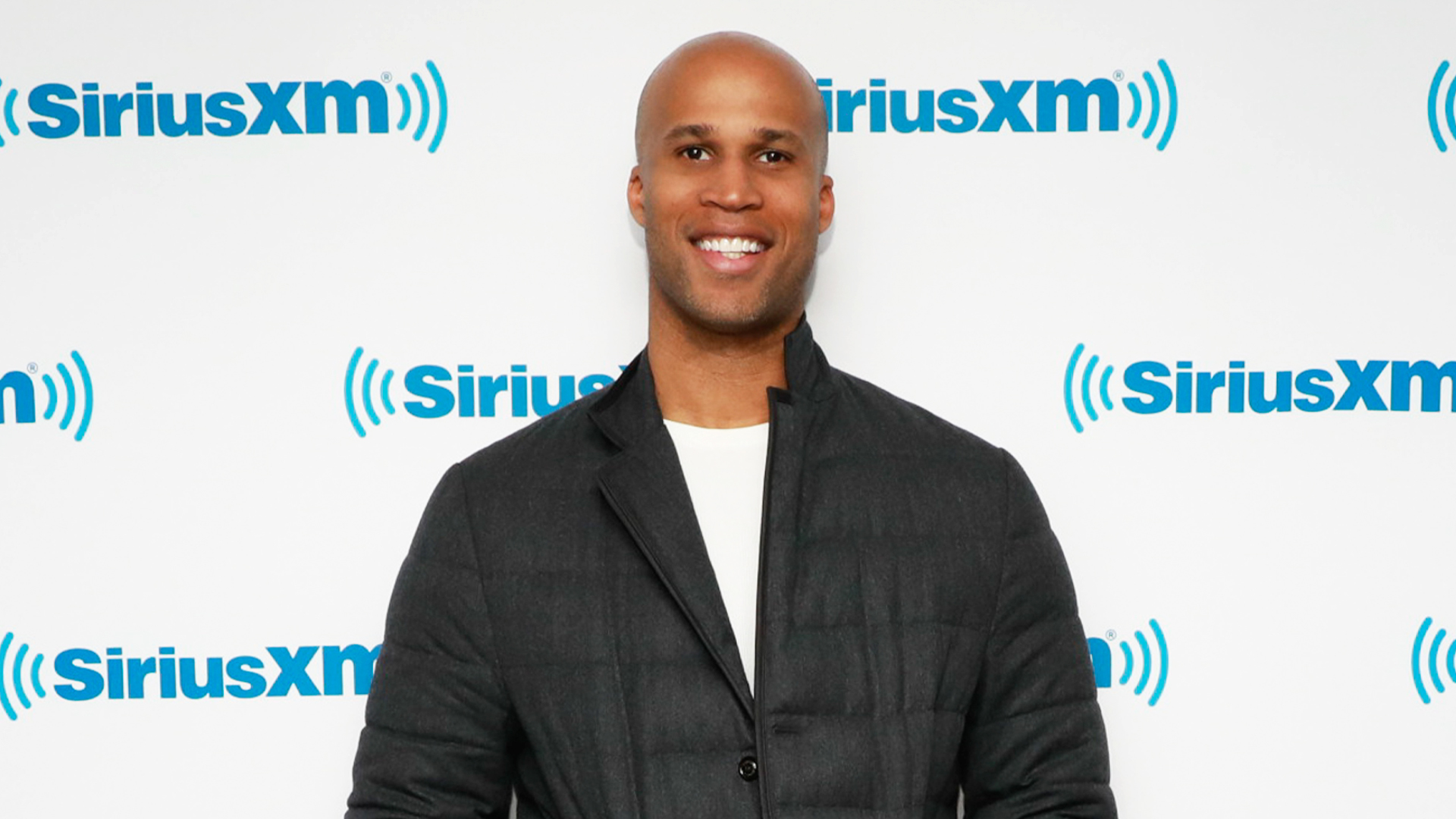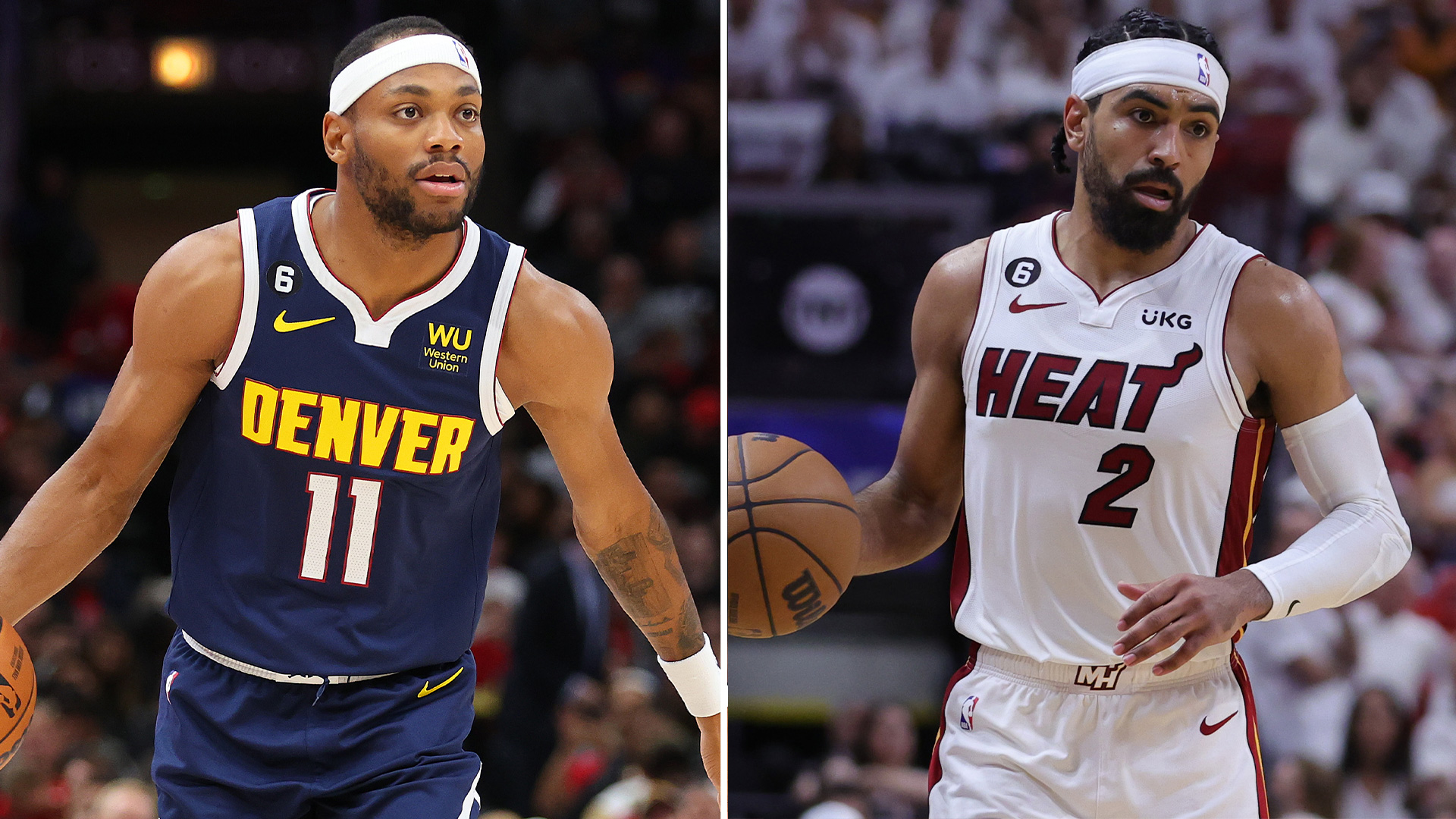Twin Peaks: How Damian Lillard and CJ McCollum have kept the Blazers a contender
Sitting in seventh place in the ultra-competitive West and a mere tiebreaker behind the Dallas Mavericks for sixth, the Portland Trail Blazers are one of the NBA season’s biggest surprises. It didn’t start out this way, though. An offseason that saw … Continued
Sitting in seventh place in the ultra-competitive West and a mere tiebreaker behind the Dallas Mavericks for sixth, the Portland Trail Blazers are one of the NBA season’s biggest surprises. It didn’t start out this way, though. An offseason that saw them lose not only LaMarcus Aldridge to the San Antonio, but also Nic Batum to Charlotte and Wesley Matthews to Dallas, left many pundits (and fans) thinking that last season’s disappointing first-round loss to the Grizzlies was the last time Portland would be sniffing the playoffs for a season or two. Toss in some early season injuries –and a seven-game losing streak in November– and the Blazers, tucked into the Pacific Northwest, quickly became an afterthought for all but the most rabid of NBA viewers. But a funny thing happened on the team’s trip to the Draft Lottery: they began to play really good basketball and, gasp!, began to win games. Finding themselves in playoff contention with a full third of the season left to play and fueled by their two most talented players: C.J. McCollum and Damian Lillard peaking at the right, the Blazers have handed Golden State its largest margin of defeat on the season and put the rest of the league on notice. How has the turnaround happened? Let’s dig a little deeper to consider how the Blazers have salvaged their season on the fly.
The Blazers’ metamorphosis from gutted roster to Hoops Eagle of Death didn’t occur overnight. The transition started taking shape with Terry Stotts’ commitment to opening up the offense following LaMarcus Aldridge’s departure. The Blazers with Aldridge were an inside-outside outfit featuring effective, but by no means dazzling half-court sets with Aldridge as the focal point, peppered with bursts of Lillard’s exhilarating one-man fast break. Testament to Stotts’ hoops acumen and ability to conjure points from any roster –Stotts, after all, was the guy who coaxed 25.4 points per game out of Michael Redd for a season– Portland’s offenses have gotten better and better each year in his tenure.
With Aldridge’s move to Texas, Stotts saw a chance to rebuild his team’s offensive identity. Still, a bevy of early season injuries and with the impossibly durable Lillard even missing extended time thanks to a bout of plantar fasciitis, the growing pains to start the post-Aldridge era were self-evident and abundant. Stotts had laid out an offensive game plan centered around motion and screens in halfcourt sets and, with McCollum and Lillard leading the charge, an opportunistic fast-break offense built off generated turnovers. There were just a few small problems. Namely, the turnovers weren’t there and, more importantly, the buckets off turnovers weren’t there. Lillard and McCollum were getting theirs to a reasonable extent through December, but there’s only so far a team can go in the rugged West without a defense. Slightly after the New Year,the squad’s defense began to jell. Stotts is adamant in why the defensive turnaround began, “Defensively, we’ve maintained our focus. In the past there were times where we had the lead and we let them get away. In January we had three sets with two days off [between games] and we had some very good, very competitive practices. We cleaned up some things and refocused our defensive principles: individual defense, pick and roll defense, tight shell, transition defense.” And the numbers back Stotts up, check it out:
With the defense regressing towards the mean (or even above it) after a Stygian start, the focal point shifted back to how Damian Lillard and C.J. McCollum have not only served as a double-headed monster with orders to maestro Stotts’ offense, but how both, and Lillard in particular, are charged with carrying the team to the playoffs this season and beyond. Lillard, still only 25, has gone from rookie of the year, to a secondary scoring option behind Aldridge, to bona fide star alongside Aldridge’s star, to franchise cornerstone, all in the span of a mere four seasons. His youthful face belies the fact that Lillard has routinely displayed a ferocity more reminiscent of Kobe and a wisdom about the game that’s cut from the same cloth as LeBron and Magic’s penchant for distributing the ball and making his teammates better. It’s a challenging juxtaposition to accept but take Lillard’s past two games against New York and Indiana for example. Lillard exploded out of the gates in both games, dropping 20 points in the first quarter against the typically stout Pacers defense and 24 points in the first half against the Knicks. Then, like turning a kitchen faucet off, Lillard decided he had enough points and afforded C.J. McCollum the offensive spotlight in the second half. “He’s a selfless player who wants his teammates engaged no matter what,” says McCollum on Lillard’s propensity for scoring and inclusion. His deferential yin to his points-happy yang speaks more to his ability to understand the game and to lead by any method necessary. “His game seems natural at this point, nobody’s surprised, and nobody wants to take it for granted. He’s being a great leader, scoring when he needs to score, but also getting other people involved,” says Stotts. “He has more responsibility to score this season. But he’s taken leadership responsibilities on as well. He’s learned about team dynamics and taken matters onto his shoulders in that regard, too.”
But the mid-season turnaround hasn’t stopped with just “better defense” or even the hyper-talented point guard, Lillard. No, Lillard’s backcourt mate, C.J. McCollum, has exploded into the consciousness of basketball fans everywhere after a relatively anonymous first two seasons. Portland’s starting two is the clubhouse favorite for Most Improved Player of the Year and while it’s fun to think that his improvement has come about only because of his increased minutes with Wesley Matthews’ departure and the increase in shots per game that affords; McCollum’s improvement goes even deeper. C.J. is averaging on a per game basis, nearly two more assists than Matthews did a year ago and more than 4 more points per game on virtually idential FG% (.445 to .448). The backcourt tandem has exceeded everyone’s wildest expectations save for their own and McCollum boils their success down to some very basic points: “I think we’re doing a great job of knowing when to shoot and when to pass. We play a fun brand of basketball.”




